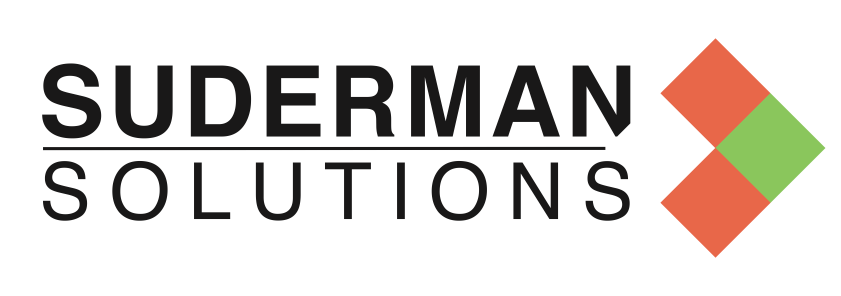APPENDIX 10
ANALYSIS
We recommend conducting regular environmental scans related to potential or current investments. Environmental scanning is a means to assess the ecosystem that will impact success. Scanning will help identify forces that will enable rapid change, restraining forces that inhibit change, and risks that will affect future development. Below is a tool that can be used or adapted to do this. After issues have been identified, we suggest mapping them like the Drivers of Change summary in the report.
ENVIRONMENTAL ANALYSIS (STEEPL)
| SOCIAL | TECHNOLOGICAL |
|
● What factors may limit or drive adoption? ● Are there potential long-term consequences and what is done to mitigate them? ● How will this promote the collective and individual good? |
● Are there future technologies on the horizon that may render this one obsolete? ● What secondary technologies will enable it? ● What is the barrier to user entry and adoption? ● Who is the target audience and what is the vision for adoption? |
| ENVIRONMENTAL | ECONOMIC |
|
● What is the impact and are others doing similar ventures in a more energy efficient way? ● Energy use, carbon emissions, capture potential? |
● What is the economy of scale? ● When will this product become ready for mainstream adoption? ● Are there potential issues related to taxation? |
| POLITICAL | LEGAL/ ETHICAL |
|
● What political issues exist that may disrupt this venture or its widespread adoption? ● Will issues either push the venture to centralization vs. decentralization? |
● What are relevant regulatory issues? ● Does this address or mitigate issues? ● What are privacy and safety risks and how are these mitigated? |
LIFE-CYCLE ANALYSIS
This process can help identify fresh ideas. However, not all of these ideas are important. Sometimes an idea is not essential because it has matured, and there is little opportunity left to capitalize. Conversely, some early ideas may not be ready for action (but need to be monitored. The following is a simple scale to assess ideas identified in the STEEPL process above.
Identifying the Life Cycle of an Emerging Idea, Product, or Business
| Stage 1 | Stage 2 | Stage 3 | Stage 4 | Stage 5 |
Stage 6 |
| Early Awareness Stages |
Public Awareness Stages |
Late Awareness Stages |
|||
|
Action Needed: – Monitor the issue |
Action Needed: · Determine go/no-go strategy |
Action Needed: · Determine late adoption is OK |
Action Needed: · Only act if required |
Action Needed: · Only act if required |
Action Needed: · None (too late to act) |
|
· Artistic works ·Science fiction · Fringe and alternative press · Special journals · Patent apps. · Doctoral dissertations
|
· Insider newsletters · Analyst/bank reports · Trade journals · Scientific journals · Intellectual magazines · Business leader magazines |
· Radio · TV · Newspapers · Popular press · Surveys and opinion polls · Fiction and non-fiction books
|
· Gov’t reports · Gov’t policy · Draft legislation · Mainstream public discussion
|
· Gov’t policy · SOP manuals · Business practice norm · Used in educational curriculum
|
· Gov’t records · Archives · Historical records · Historical analysis studies
|
|
Act on these issues |
Do not act on these issues |
||||
Adapted from William Ashley & James Morrison
